The recommended tire pressure for a Honda Civic is 32 pounds per square inch (PSI) for both front and rear tires.
Proper air pressure in your car’s tires is essential to safe driving. Incorrectly inflated tires can decrease fuel efficiency, impact your ability to steer, and increase your risk of a blowout—all of which lead to major costs down the road.
In this article,
car insurance
super app
Jerry
is going over proper tire pressure for the Honda Civic. We’ll help you find the correct pressure for your model, show you how to check your tire pressure and reset the dashboard warning light, and even offer some tips for lowering
Honda Civic insurance costs
!
What is the right tire pressure for a Honda Civic?
In most cases, the recommended tire pressure for a Honda Civic sedan is 32 psi for both front and rear tires. To confirm this, you can check your owner’s manual or the sticker on the inside of the door frame on the driver’s side.
However, if you have a high-performance variant of the Civic, you might need a slightly different tire pressure. For example, for the
Honda Civic Type R
hatchback, the recommended tire pressure is 32 to 35 psi for the front tires and 32 to 33 psi for the rear tires. If you own a
Honda Civic Sport
, you should inflate the front tires to 35 psi and the rear tires to 33 psi.
High-performance tires, such as summer tires, may also need a different tire pressure. If you modify your Honda Civic LX with bigger wheels and new tires, be sure to check the tire pressure specifications for your new setup.
Tire pressure recommendations for other Honda vehicles
Vehicle | Front tire pressure | Rear tire pressure |
|---|---|---|
2022 Honda Accord | 32 psi | 32 psi |
2022 Honda CR-V | 32 psi | 30 psi |
33 psi | 33 psi | |
2022 Honda Odyssey | 35 psi | 35 psi |
2022 Honda Pilot | 32 psi | 32 psi |
2022 Honda HR-V | 32 psi | 28 psi |
How to check Honda Civic tire pressure
Not sure how to find your tire pressure? Depending on your vehicle’s model year and options, you might see the pressure in each tire displayed on your Civic’s infotainment touchscreen.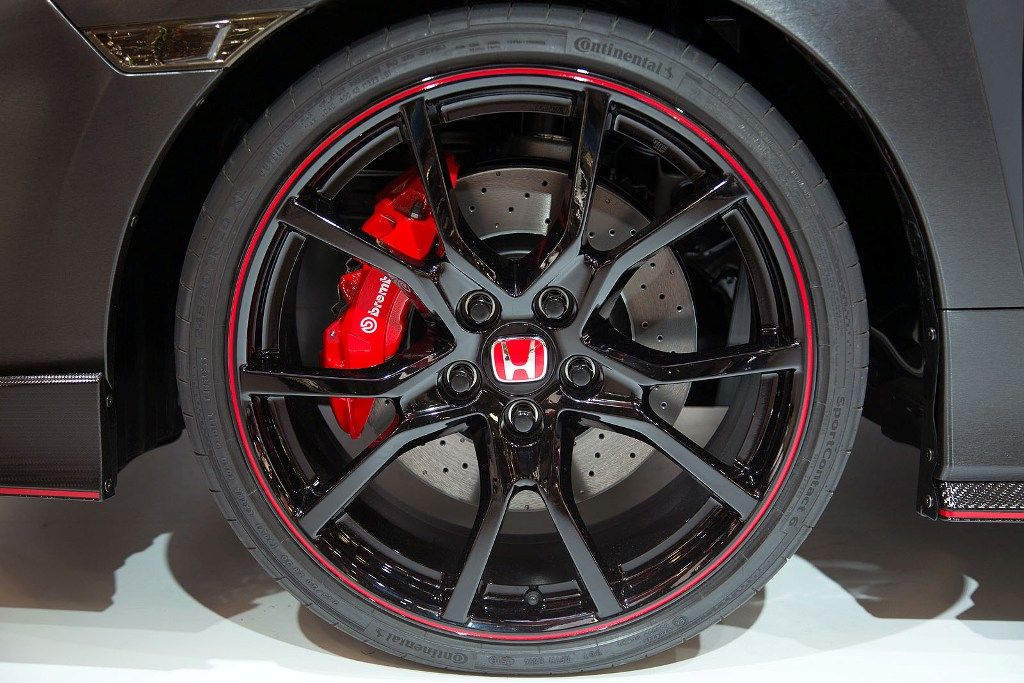 The Civic’s indirect tire pressure monitoring system will alert you via a low tire pressure light if it’s time to put more air in the tires.
The Civic’s indirect tire pressure monitoring system will alert you via a low tire pressure light if it’s time to put more air in the tires.
If your Civic isn’t that high-tech, don’t worry! Checking tire pressure is easy, cheap, and an important part of vehicle maintenance. To check the pressure in your tires, remove the valve stem cap on each tire and push a tire pressure gauge onto the valve stem. The gauge will give you a reading, which you can use to either add or remove air. You can check the pressure at home or at a gas station’s air filling station—which will have a tire pressure gauge for you to use.
Your vehicle might also tell you that your tire pressure is low in more subtle ways. Decreased performance, an uneven ride, and wonky steering might all point to an issue with tire pressure. When in doubt, check!
How often should you check tire pressure?
It’s a good idea to check your tire pressure once a month or before any major trips.
How to tell if your Honda Civic needs new tires
On average, you should change your Honda Civic’s tires once every six years or so—but get in the habit of checking for signs of undue wear when you check your tire pressure! If you notice low tread depth or odd cracks and bulges in the tire, it’s time for a new one.
Not sure how to check tread depth? Use the penny method: stick a US penny Lincoln’s-head-first into the tire tread. If you can see the top of the 16th President’s head, it’s time for new tires.
No spam · No long forms · No fees
Find insurance savings (100% Free)
How to reset the Honda Civic tire pressure monitoring system (TPMS) light
One pesky problem reported by a lot of Honda Civic owners is a tire pressure warning light that won’t turn off. If you’ve refilled your tires and you’re still getting that dashboard warning, you may need to
reset your tire pressure light
.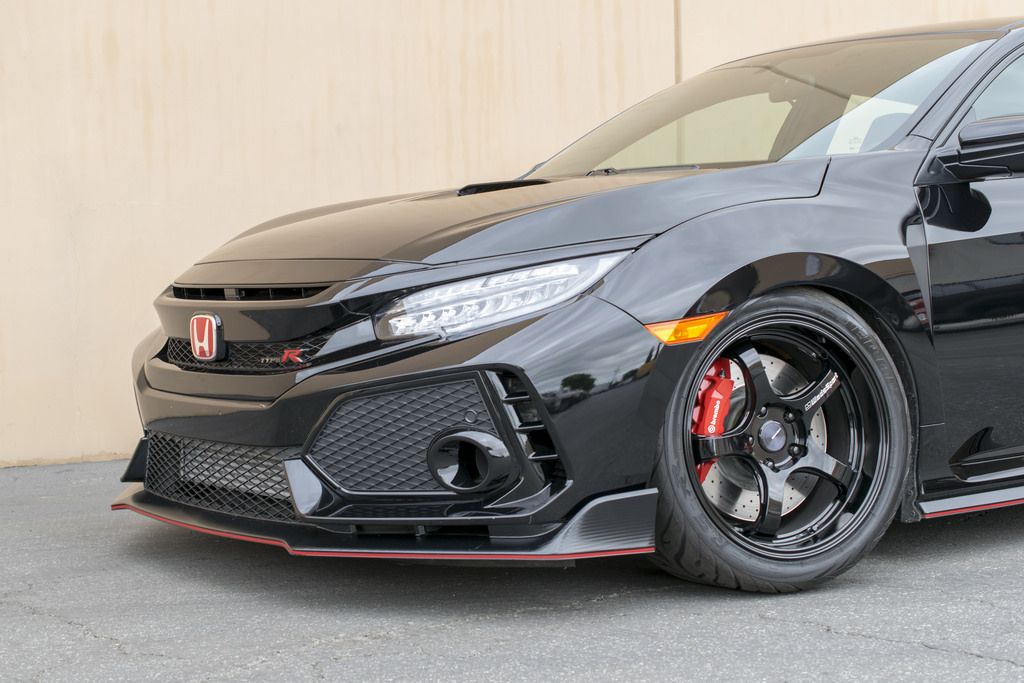
The Honda indirect tire pressure monitoring system, standard on all Civics from 2014 onward, requires recalibration sometimes. Here’s how to do that.
First, initiate the calibration process. Use the touchscreen or steering wheel buttons to perform calibration initialization. You’re looking for a button in settings for “TPMS calibration.” If you can’t find it under vehicle settings, check your owner’s manual for more detailed instructions—this varies slightly from model to model.
Once calibration has started, drive for 30 miles at 30 mph-60 mph to reset tire pressure. Because Honda’s TPMS system is indirect—i.e., doesn’t use tire pressure sensors—it relies on wheel speed sensors to gauge tire pressure. You should see the light blink off on its own.
If the light is still on, stop the car after 30 miles and put it into “accessory mode” (engine off, vehicle on). The TPMS warning light should stay off—but if it starts to blink again before 60 seconds have passed, repeat the driving step.
If this method doesn’t resolve the problem, it’s worth bringing your Civic to the automotive service center at your local Honda dealership or an independent mechanic to diagnose the problem.
How to save on Honda Civic insurance
Maintaining correct tire pressure is a great way to save on car-related expenses. By checking your tire pressure regularly, you’re improving fuel efficiency and helping to avoid potential costly accidents.
Another easy way to save on ownership costs is to use the
Jerry
app to lower your
Honda insurance costs
! As a
licensed insurance broker
with dozens of partner companies, Jerry can find you competitive quotes for Honda Civic insurance in under a minute. And if you find a rate you like better than your current plan, Jerry’s team of insurance agents will handle all the paperwork and phone calls to get you switched over.
“I was tired of looking around multiple websites, so I decided to give
Jerry
a try. Let me tell you—the process is so easy and simple, and they really find you the best prices for your coverage level. Getting insurance for my new car was quick and easy!” —Joanna D.
RECOMMENDED
Instantly compare top insurance companies
No spam or unwanted phone calls · No long forms · No fees, ever
What insurance do you want to compare?
Car
Car + Home
Car + Renters
Hide Show
Although easy to check, tire pressure is one of the most overlooked aspects of regular vehicle maintenance. Low tire pressure can result in poor handling, excessive tire wear, and reduced fuel economy. High tire pressure can result in reduced traction, poor braking, and even put your tires at risk for a blowout. By regularly checking your tires and maintaining the correct tire pressure, especially during a change in the seasons, you can keep your Honda driving as safe and efficiently as possible.
High tire pressure can result in reduced traction, poor braking, and even put your tires at risk for a blowout. By regularly checking your tires and maintaining the correct tire pressure, especially during a change in the seasons, you can keep your Honda driving as safe and efficiently as possible.
Checking your tire pressure is a quick and easy process. If you have a pressure gauge at home or in the garage, you can quickly check all four tires in just a few minutes. It is best to check your tire pressure in the morning before driving, as driving can heat up the tires and give an inaccurate reading. As a rule of thumb, tire pressure should usually be between 32-36 PSI. Check your owner's manual for exact numbers, as these can vary from model to model. Checking your tire pressure is also a great time to inspect your tires. If the tread looks uneven you may want to consider a tire rotation, which will maximize the life of your tires. If the tread is heavily worn, uneven, or cracked, then it is time to invest in a set of new set of tires. Visit our online tire store to learn more, and browse available options based on your driving style.
If the tread is heavily worn, uneven, or cracked, then it is time to invest in a set of new set of tires. Visit our online tire store to learn more, and browse available options based on your driving style.
If your Tire Pressure Monitoring System (TPMS) light is lit up on your dash, don't worry, there may be a simple solution! It is not uncommon that during a change in seasons, especially in colder climates, that your tires will lose some pressure. While it is possible your tires could be losing air, it is most likely just a drop in pressure. As the temperature outside decreases, so will the pressure in your tires. The same goes for warmer climates, which can increase the pressure of your tires. Simply check the tire pressure at all four tires with a gauge, and re-fill as necessary to the recommended level using an air compressor. There are many portable air compressors available, and most gas stations have one on-site for customers to use. Always be sure to fill your tires slowly, to get the most accurate readings.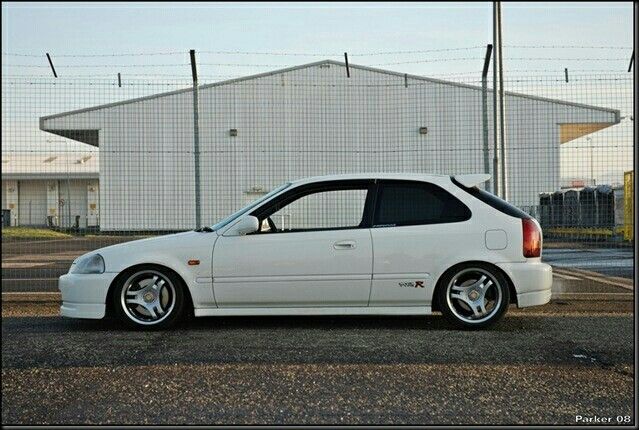 After checking all four tires, go for a short drive to reset your vehicle's tire sensors. If your light does not go away, then it may be a good idea to visit our Memphis service center for a Pit Stop inspection.
After checking all four tires, go for a short drive to reset your vehicle's tire sensors. If your light does not go away, then it may be a good idea to visit our Memphis service center for a Pit Stop inspection.
If you don't have a tire pressure gauge available, or need more assistance, you can always visit our service center at AutoNation Honda 385 for a free 10-point Pit Stop inspection. In addition to checking and filling all four tires, we check and top-off oil, coolant, windshield washer, and power steering fluids, all free of charge! Visit our Memphis location anytime during normal operating hours, or give us a call at (901) 209-1308 to schedule ahead of time. We look forward to seeing you!
AutoNation Honda 385
4030 Hacks Cross Road
Directions Memphis, TN 38125
AutoNation Honda 385
4030 Hacks Cross Road
Memphis, TN 38125
Visit us at: 4030 Hacks Cross Road Memphis, TN 38125
Loading Map.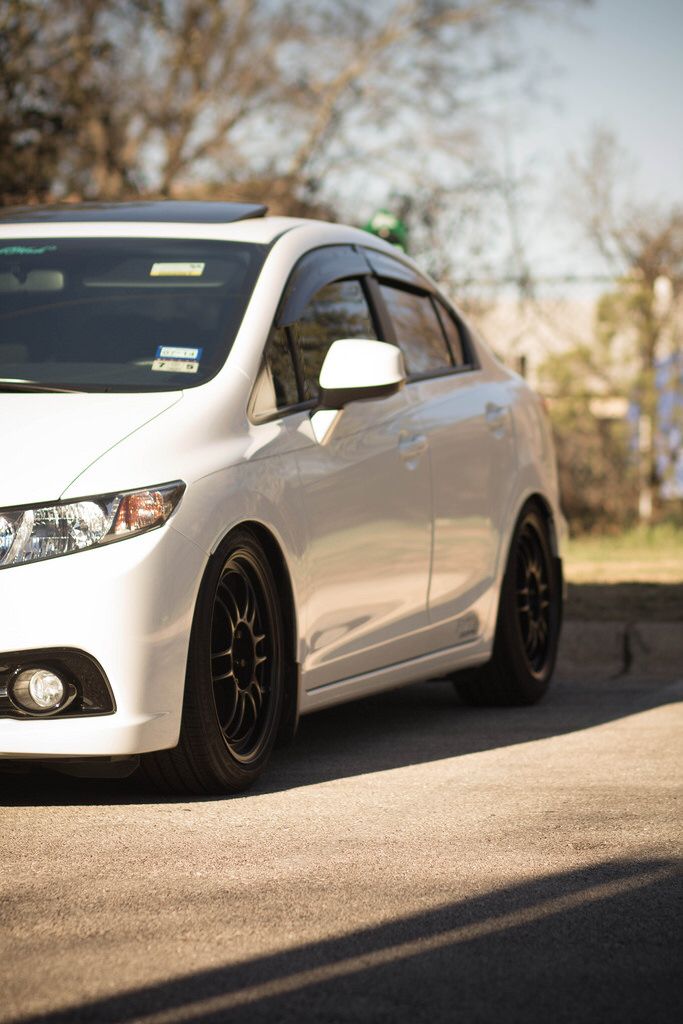 ..
..
var autonationTealiumProperties = {}; autonationTealiumProperties.env = false ? 'dev' : 'prod'; autonationTealiumProperties.type = false ? 'dealerdotcomsem' : 'dealerdotcomoem'; autonationTealiumProperties.enableUtag = true; autonationTealiumProperties.enableEventTesting = true; autonationTealiumProperties.searchTerm = ""; autonationTealiumProperties.utagOnly = true; autonationTealiumProperties.labels = { 'SORRY_NO_ITEMS_MATCHING_YOUR_REQUEST_WERE_FOUND': 'Sorry,\x20no\x20items\x20matching\x20your\x20request\x20were\x20found.' , 'THIS_PAGE_IS_IN_THE_SHOP': 'This\x20page\x20is\x20in\x20the\x20shop' }; autonationTealiumProperties.messages = { '404_VERBIAGE': '\x3Cp\x3EWe\x20were\x20unable\x20to\x20locate\x20the\x20page\x20you\x20requested.\x20Please\x20take\x20a\x20look\x20at\x20our\x20most\x20popular\x20pages,\x20listed\x20below.\x20If\x20you\x20still\x20cannot\x20find\x20what\x20you\x20are\x20looking\x20for,\x20feel\x20free\x20to\x20\x3Ca\x20href\x3D\x22\x2Fcontact. htm\x22\x3Econtact\x20us\x3C\x2Fa\x3E\x20directly.\x3C\x2Fp\x3E\x20' }
htm\x22\x3Econtact\x20us\x3C\x2Fa\x3E\x20directly.\x3C\x2Fp\x3E\x20' }
; ;
06/20/2008, 20:18 #1
Please write who does how much tire pressure. Today, the parking lot guard says: your wheels say they are flat. I measure the pressure exactly 0.9 !!! in the rear. In the front 1.5. The instructions are written by eye. .As a result, I pumped up 2.2-front, 2.0-rear. What is most interesting, I didn’t feel a strong difference either in dynamics or in handling. Who will advise what ???
Reply with quote
06/20/2008, 20:24 #2
The instructions say look on the nameplate. Nameplate in the arch of the driver's door. 2.2 around.Don't forget about the gauge error...
Reply with quote
06/20/2008, 23:43 #3
initially it was 2.2 from the car dealership, I didn’t even have to download it
Reply with quote
06/21/2008, 09:35 #4
Message from St.Paul
initially from the dealership it was 2.2, I didn’t even have to download
Lucky And I rode for two days on pumped salon craftsmen up to 3.1To the author - usually everyone downloads 2.2, some - before 2.4, back 2.2, "racers" before races lower to 1.9....
In general, I advise you to read the manual CAREFULLY
Reply with quote
06/21/2008, 10:13 #5

By the way, sometimes they forget. on my girlfriend's car (elantra new) were pumped as much as 3.5 atmospheres. well the manager warned that this happens
Reply with quote
06/21/2008, 04:47 PM #6
Thanks to everyone, I understood everything. 2.2 I understand it with a full load.
Reply with quote
06/23/2008, 00:12 #7
Are you joking like that?
Reply with quote
06/23/2008, 17:53 #8
Do not care if 2,2 or 2
Probably should not have a significant effect. Or is it still critical?
Reply with quote
06/23/2008, 19:07 #9
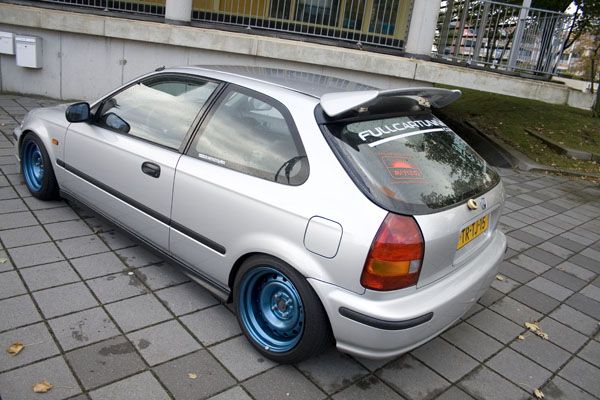
It may not be significant, but they wrote 2.2 and not 2.0, but they wrote 2.1 on 5D, for some reason. Probably the Yapis are making fun of it Another thing is where he saw this there ...))
Reply with quote
24.07.2008, 21:40 #10
Message from Uvalen
Message from St.Paul
initially from the car dealership it was 2.2, I didn’t even have to download it
Lucky And I rode for two days pumped by salon craftsmen to 3.1
)))
the fact is that cars leave the car carrier with pumped wheels, apparently so that there is less buildup on the road. When carrying out pre-sale preparation, the wheels are lowered to the desired pressure. In your case, they apparently forgot)))
Reply with quote
Pressure in wheels
Model
Modification
Recommended tire size
without a load with a load of
Summer Winter
The front wheels
Rear Wheels
The calculator operates in test mode! Found an error in the indicators or want to leave suggestions, please send via the feedback form on the Feedback page or the VK group! Errors with evidence base (photos, screenshots, links) are accepted! All information presented on the site is for informational purposes only! Thanks for understanding! 2.  3
3 2.1 2 2.2 2.2 Jazz (GD) (Джаз) 1.2 (57 kW) 175/65 R 14 82 T 2.2 2.1 2.3 2.3 2.1 2 2.2 2.2 Jazz (GD) (Джаз) 1.2 i (66 kW) 175/65 R 15 84 T 2.2 2.1 2.2 2.6 2.1 2 2.1 2.5 Jazz (GD) (Джаз) 1.2 i (66 kW) 185/55 R 16 83 T 2.2 2.1 2.2 2.6 2.1 2 2.1 2.5 Jazz (GD) (Джаз) 1.4 i (73 kW) 175/65 R 15 84 T 2.2 2.1 2.2 2.6 2.1 2 2.1 2.5 Jazz (GD) (Джаз) 1. 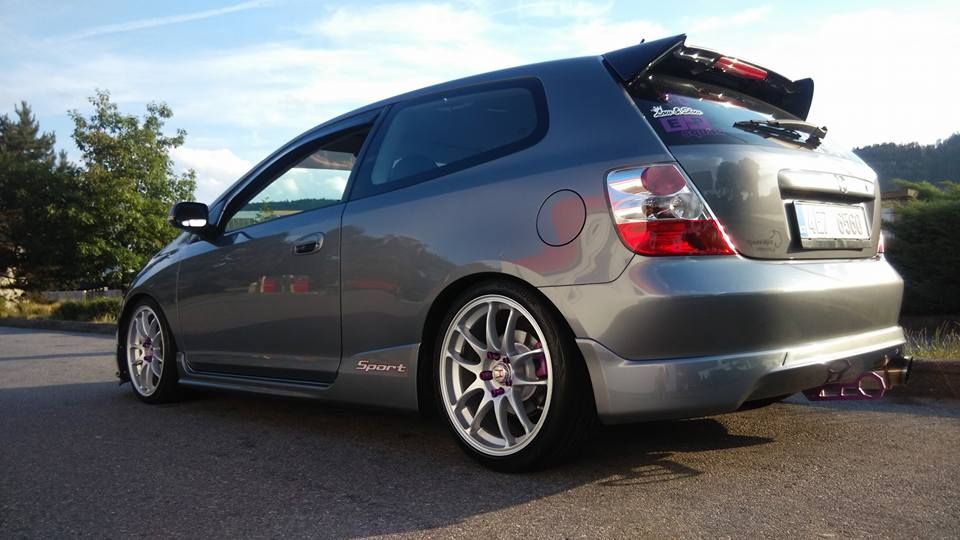 4 i (73 kW)
4 i (73 kW) 185/55 R 16 83 T 2.2 2.1 2.2 2.6 2.1 2 2.1 2.5 Jazz (GD) (Джаз) 1.3 Hybrid (65 kW) 175/65 R 15 84 T 2.2 2.1 2.2 2.6 2.1 95/60 R 15 88 H 2.1 2.1 2.2 2.2 2 2 2.1 2.1 Civic Coupe 1.7 i (88 kW) 205/50 R 16 87 V 2.1 2.1 2.2 2.2 2 2 2.1 2.1 Civic Coupe 1.7 i (92 kW) 195/60 R 15 88 H 2.1 2.1 2.2 2.2 2 2 2.1 2.1 Civic Coupe 1. 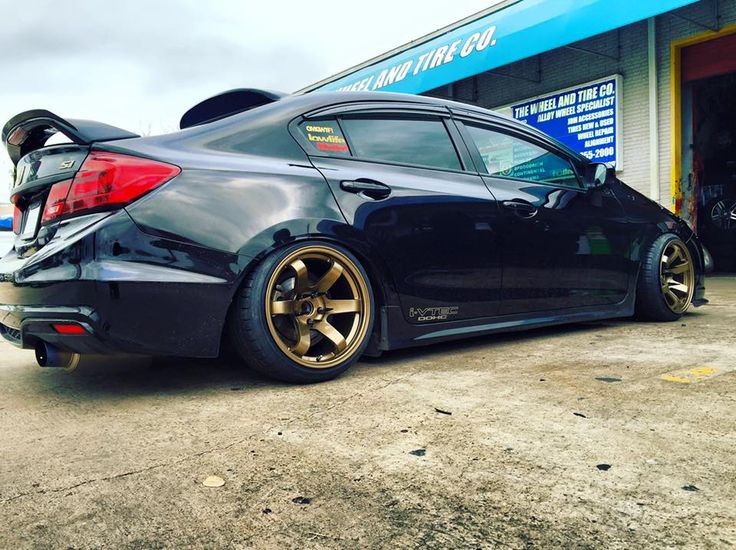 7 i (92 kW)
7 i (92 kW) 205/50 R 16 87 V 2.1 2.1 2.2 2.2 2 2 2.1 2.1 Insight 1.3 Hybrid (75 kW) 175/65 R 15 84 T 2.3 2.2 2.3 2.2 2.2 2.1 2.2 2.1 Insight 1.3 Hybrid (75 kW) 185/55 R 16 83 T 2.3 2.2 2.3 2.2 2.2 2.1 2.2 2.1 FR-V 1.7 VTEC (92 kW) 195/65 R 15 91 H 2.2 2.2 2.2 2.2 2.1 2.1 2.1 2.1 FR-V 1.7 VTEC (92 kW) 205/55 R 16 91 H 2.2 2.2 2. 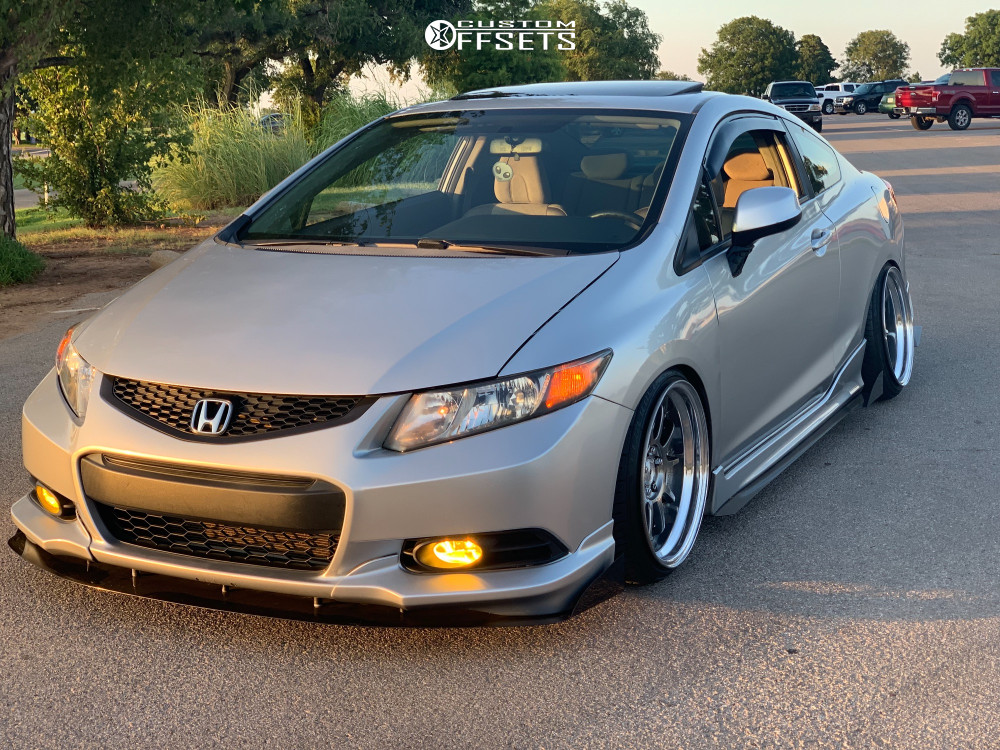 2
2 2.2 2.1 2.1 2.1 2.1 FR-V 2.0 i-VTEC (110 kW) 205/55 R 16 91 H 2.2 2.2 2.2 2.2 2.1 2.1 2.1 2.1 FR-V 2.0 i-VTEC (110 kW) 205/50 R 17 89 W 2.2 2.2 2.2 2.2 2.1 2.1 2.1 2.1 FR-V 1.8 (103 kW) 205/55 R 16 91 H 2.2 2.2 2.2 2.2 2.1 2.1 2.1 2.1 FR-V 1.8 (103 kW) 205/50 R 17 89 W 2.2 2.2 2.2 2.2 2.1 2.1 2.1 2.1 FR-V 2.  2 CDTi (103 kW)
2 CDTi (103 kW) 205/55 R 16 91 H 2.2 2.2 2.2 2.2 2.1 2.1 2.1 Accord Tourer 2.0 16 V (114 kW) 195/65 R 15 91 V 2.2 2.6 2.2 2.8 2.1 2.5 2.1 2.7 Accord Tourer 2.0 16 V (114 kW) 205/55 R 16 91 V 2.2 2.6 2.2 2.8 2.1 2.5 2.1 2.7 Accord Tourer 2.0 16 V (114 kW) 225/45 R 17 91 V 2.2 2.6 2.2 2.8 2.1 2.5 2.1 2.7 Accord Tourer 2.4 16 V (140 kW) 205/55 R 16 91 V 2.2 2.  6
6 2.2 2.8 2.1 2.5 2.1 2.7 Accord Tourer 2.4 16 V (140 kW) 225/45 R 17 91 W 2.2 2.6 2.2 2.8 2.1 2.5 2.1 2.7 Accord Tourer 2.2 i-CTDi (103 kW) 205/55 R 16 91 V 2.2 2.6 2.2 2.8 2.1 2.5 2.1 2.7 Accord Tourer 2.2 i-CTDi (103 kW) 225/45 R 17 91 W 2.2 2.6 2.2 2.8 2.1 2.5 2.1 2.7 Accord Tourer 2.0 (115 kW) 205/60 R 16 92 V 2.3 2.3 2.3 2.8 2.2 2. 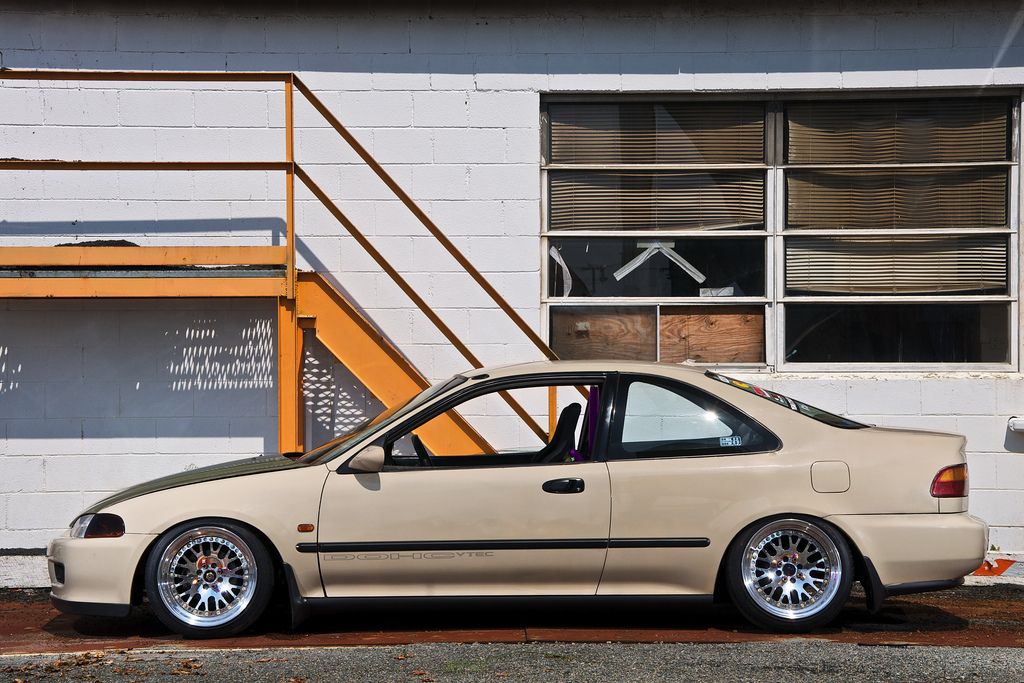 2
2 2.2 2.7 Accord Tourer 2.0 (115 kW ) 225/50 R 17 94 V 2.3 2.3 2.3 2.8 2.2 2.2 2.2 2.7 Accord Tourer 2.0 (115 kW) 225/ 45 R 18 95 W XL 2.3 2.3 2.3 2.8 2.2 2.2 2.2 2.7 Accord Tourer 2.4 (148 kW) 225/50 R 17 98 V XL 2.3 2.3 2.3 2.8 2.2 2.2 2.2 2.7 Accord Tourer 2.4 (148 kW) 225/45 R 18 95 W XL 2.3 2.3 2.3 2.8 2.2 2.2 2.2 2.7 Accord Tourer 2.  2 i-DTEC (132 kW)
2 i-DTEC (132 kW) 225/50 R 17 98 V XL 2.3 2.3 2.3 2.8 2.2 2.2 2.2 2.7 Accord Tourer 2.2 i-DTEC (132 kW) 225/45 R 18 95 W XL 2.3 2.3 2.3 2.8 2.2 2.2 2.2 2.7 Accord Tourer 2.2 i-DTEC (110 kW) 215/60 R 16 95 V 2.3 2.3 2.3 2.8 2.2 2.2 2.2 2.7 Accord Tourer 2.2 i-DTEC (110 kW) 225/50 R 17 98 V XL 2.3 2.3 2.3 2.8 2.2 2.2 2.2 2.7 Accord Tourer 2.2 i-DTEC (110 kW) 225/45 R 18 95 W XL 2. 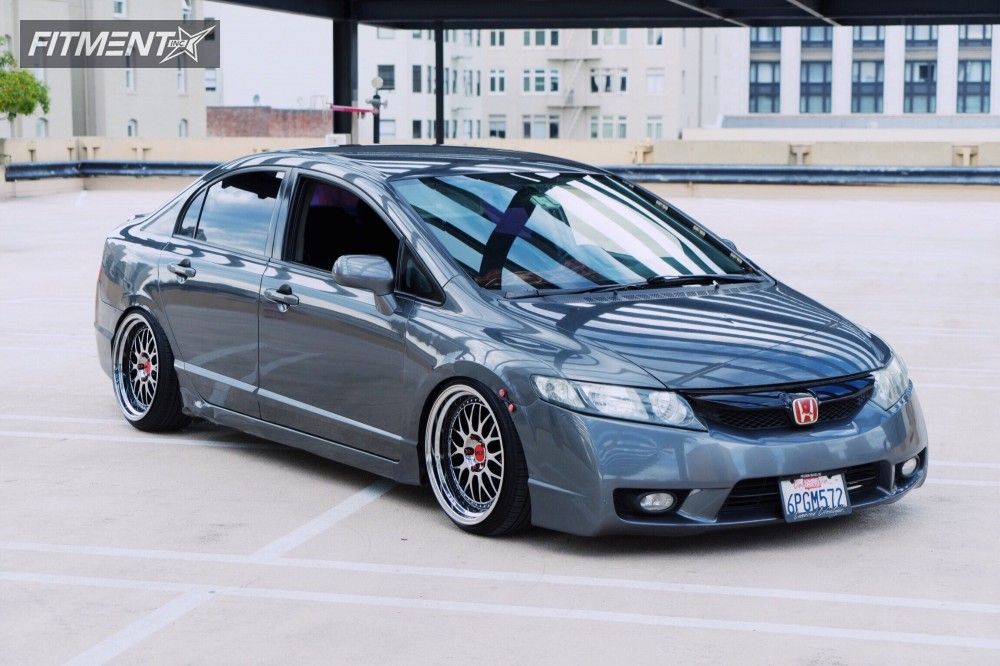 3
3 2.3 2.3 2.8 2.2 2.2 2.2 2.7 Legend (KB1/2) 3.5 V 6 (217 kW) 235/ 50 R 17 100 W XL 2.2 2.1 2.3 2.2 2.1 2 2.2 2.1 S 2000 Roadster (AP) 2.0 16 V (177 kW) 205/55 R 16 91 W VA 2.2 2.2 2.2 2.2 2.1 2.1 2.1 2.1 S 2000 Roadster (AP) 2.0 16 V (177 kW) 225/ 50 R 16 92 W HA 2.2 2.2 2.2 2.2 2.1 2.1 2.1 2.1 S 2000 Roadster (AP) 2.0 16 V (177 kW) 215/45 R 17 87 W VA 2.2 2.2 2.  2
2 2.2 2.1 2.1 2.1 2.1 S 2000 Roadster (AP) 2.0 16 V (177 kW) 245/40 R 17 91 W HA 2.2 2.2 2.2 2.2 2.1 2.1 2.1 2.1 CR-V (ср-в) 2.0 (110 kW) 225/ 65 R 17 102 T 4x4 2.1 2.1 2.1 2.3 2 2 2 2.2 CR-V (ср-в) 2.0 (110 kW) 225/60 R 18 100 H 4x4 2.1 2.1 2.1 2.3 2 2 2 2.2 CR-V (ср-в) 2.0 (110 kW) 245/ 45 R 19 98 Y 4x4 2.1 2.1 2.1 2.3 2 2 2 2.  2
2 CR-V (ср-в) 2.2 CTDI (103 kW) 225/65 R 17 102 T 4x4 2.1 2.1 2.1 2.3 2 2 2 2.2 CR-V (ср-в) 2.2 CTDI (103 kW) 225/60 R 18 100 H 4x4 2.1 2.1 2.1 2.3 2 2 2 2.2 CR-V (ср-в) 2.2 CTDI (103 kW) 245/45 R 19 98 Y 4x4 2.1 2.1 2.1 2.3 2 2 2 2.2 CR-V (ср-в) 2.2 i-DTEC (110 kW) 225/65 R 17 102 T 4x4 2.1 2.1 2.1 2.3 2 2 2 2.2 CR-V (SP-B) 2.2 I-DTEC (110 KW) 9025/60 HU) 9025/ 2. 